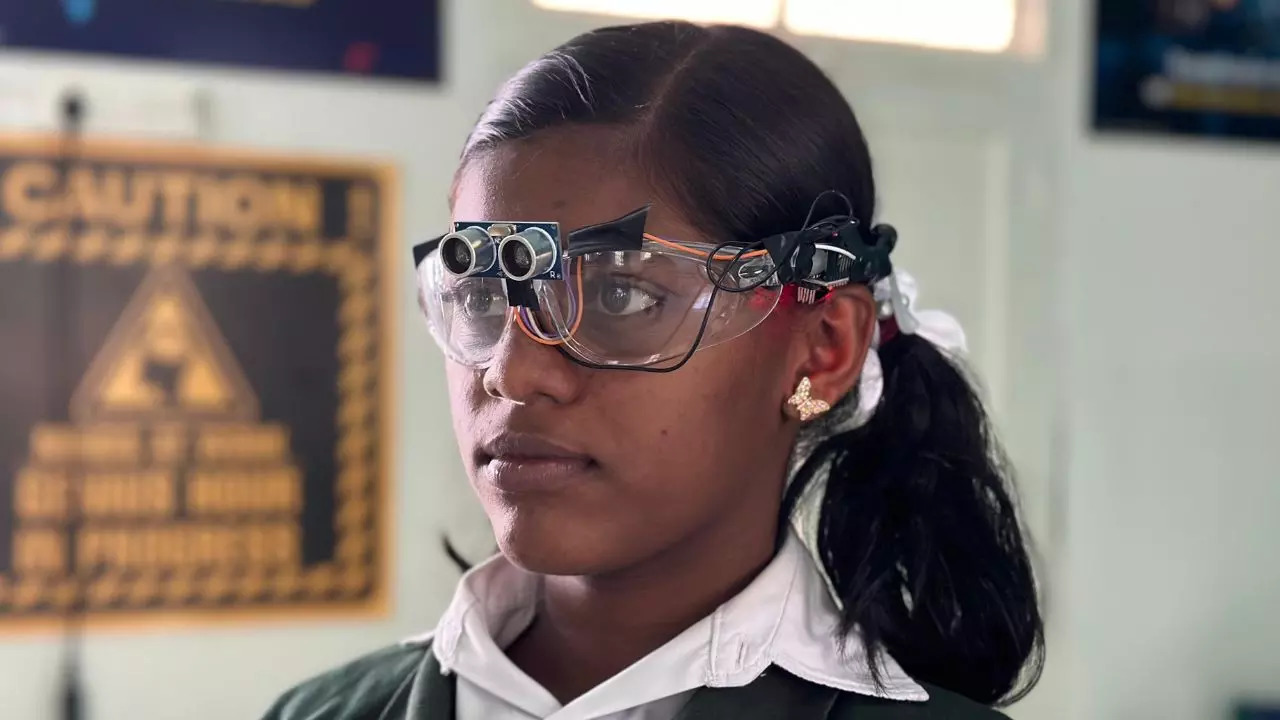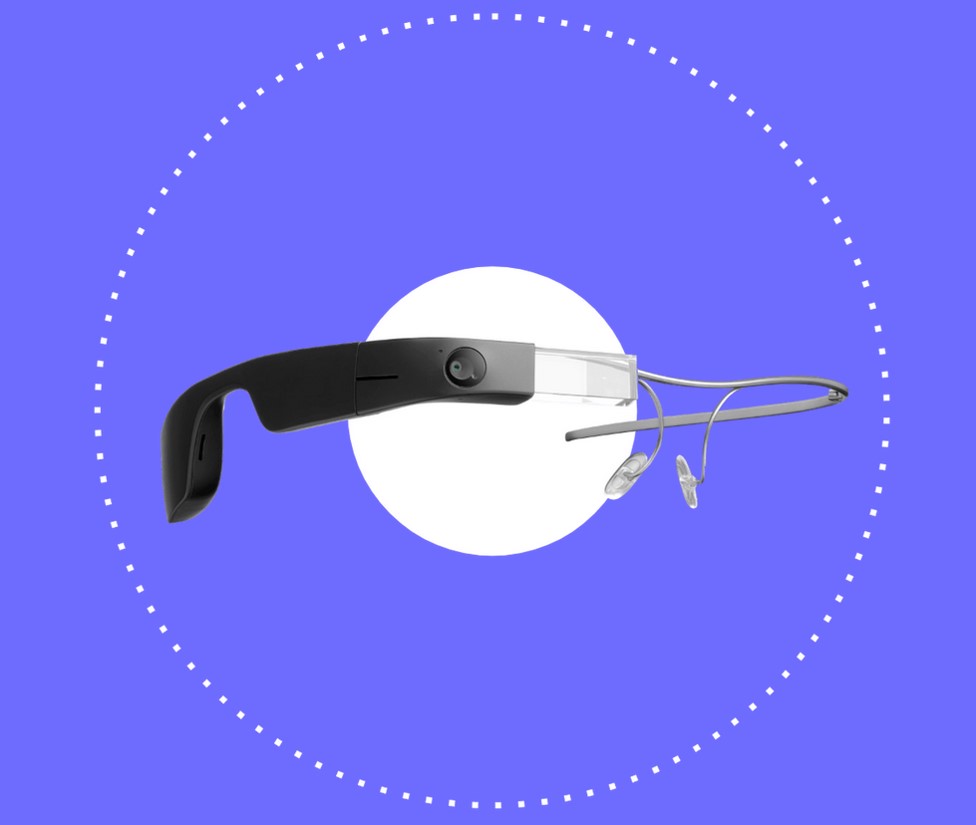Mobility Aids for Visually Impaired Users: Enhancing Independence and Navigation
Wiki Article
Enhancing Ease Of Access Through Assistive Modern Technology for the Blind
The assimilation of assistive innovation for the blind represents a pivotal development in accessibility, essentially changing just how people navigate their environments and engage with society. From display viewers to ingenious wise walking sticks, these devices not only boost independence however also promote inclusivity in different rounds of life. As we discover the varied sorts of assistive tools and their concrete effect on everyday living, it comes to be essential to examine exactly how continuous technical improvements are improving the landscape of assistance for the blind community. What ramifications do these advancements hold for the future of availability?Summary of Assistive Innovation
Assistive modern technology describes a range of devices and software application designed to boost the abilities of individuals with handicaps, consisting of those that are blind or aesthetically damaged. This innovation plays a crucial role in advertising independence and enhancing the top quality of life for users. By supplying different approaches for accessing info and carrying out daily jobs, assistive modern technology equips people to browse their settings a lot more efficiently.
The growth and application of assistive innovation accept a selection of principles aimed at promoting accessibility. These concepts consist of user-centered layout, which prioritizes the demands and choices of the individual, and the assimilation of technology right into everyday tasks. Such developments ensure that assistive tools are not only functional yet also instinctive and easy to make use of.
In addition, assistive modern technology encompasses a diverse range of solutions, from low-tech choices like magnifiers to sophisticated advancements such as display viewers and Braille display screens. The ongoing evolution of this field is driven by the demand to resolve the special difficulties encountered by people with visual impairments (Wearable technology for low vision). As innovation remains to advancement, the capacity for boosting ease of access and advertising inclusivity continues to be appealing, inevitably adding to a more equitable society

Kinds of Assistive Devices
Many kinds of assistive devices are readily available to support people who are blind or visually damaged, each created to attend to certain needs and obstacles. These devices can be broadly categorized right into 3 major kinds: low-tech, mid-tech, and high-tech remedies.Low-tech tools consist of items such as magnifiers, Braille tags, and tactile maps. These are fairly simple devices that enhance the customer's ability to engage with their setting without requiring intricate technology.
Mid-tech gadgets usually involve advanced features, such as digital magnifiers and mobile Braille note-takers. These tools can use performances like speech result, permitting individuals to access info much more successfully.

Effect On Daily Living
The availability of numerous assistive tools significantly improves the lifestyle for individuals that are blind or aesthetically impaired, influencing their day-to-day living in profound ways. By incorporating innovations such as display viewers, Braille displays, and audio summary solutions into their routines, users gain greater autonomy and self-reliance. These tools help with access contact lenses to details, allowing people to do daily tasks, such as reviewing emails, browsing public areas, and taking pleasure in media web content.Additionally, assistive tools empower people to involve more completely in social communications and community activities. The capability to make use of smart devices outfitted with access features enables seamless interaction and link with others. This connectivity fosters a sense of belonging and lowers sensations of isolation.
In professional settings, assistive technology supports performance by permitting individuals to complete work tasks efficiently. Tools like voice recognition software and specialized magnification tools enable individuals to get involved in the workforce on equal footing with their sighted peers.

Innovations in Technology
Recent technological advancements have actually significantly changed the landscape of tools available for individuals who are aesthetically impaired or blind. The combination of man-made intelligence (AI) and equipment knowing has actually triggered applications that boost navigation and things acknowledgment. For example, smart device applications can now utilize AI to recognize and describe surroundings in real-time, giving users with valuable contextual information.In addition, developments in haptic technology have actually led to the development of smart walking canes furnished with sensors that find obstacles and give tactile comments. This empowers users to navigate their environment with boosted confidence and self-reliance. In addition, advancements in text-to-speech software and braille displays have enhanced the accessibility of digital web content, enabling seamless interaction with various media.
Wearable modern technologies, such as wise glasses, are also making strides in assisting aesthetic disability. As modern technology continues to advance, the capacity for also more transformative tools continues to be on the perspective.
Future Trends and Innovations
As modern technology swiftly advances, the future of assistive tools for individuals that are blind holds enormous pledge. Technologies in expert system (AI) and equipment understanding are positioned to change the way blind customers interact with their environments. AI-driven applications are being established to boost item recognition, enabling individuals to identify and navigate their surroundings with better ease and accuracy.
Furthermore, developments in haptic comments modern technology are making it possible for the development of responsive maps and navigating aids that offer real-time details with touch. These technologies not just enhance mobility but likewise foster freedom. In addition, wearable devices outfitted with increased reality (AR) functions are emerging, offering individuals aesthetic details via sound descriptions, thus bridging the void in between the physical and digital globes.
Furthermore, the combination of smart home modern this website technology presents brand-new opportunities for ease of access, enabling individuals to regulate their living environments through voice commands or smartphone applications. As collaboration between tech designers and the blind area continues, the concentrate on user-centered layout will guarantee that future technologies are customized to satisfy the distinct demands of this populace (Wearable technology for low vision). The trajectory of assistive modern technology assures a much more inclusive and empowering future for people that are blind
Final Thought
In final thought, assistive technology plays an essential duty in improving availability for individuals with visual problems. The diverse range of gadgets, consisting of display visitors and clever canes, substantially boosts everyday living and fosters independence. Continual improvements in technology and user-centered design make certain that these tools cater successfully to the unique demands of the blind area. As developments development, increased inclusivity and empowerment can be anticipated, eventually improving the high quality of life for those impacted by aesthetic disabilities.The integration of assistive technology for original site the blind stands for a critical development in accessibility, fundamentally changing how individuals browse their settings and involve with culture.Assistive modern technology refers to a variety of gadgets and software application developed to boost the capabilities of people with disabilities, including those that are visually impaired or blind. Wearable technology for low vision.As technology rapidly progresses, the future of assistive tools for people who are blind holds tremendous pledge. The trajectory of assistive innovation guarantees a much more empowering and inclusive future for people who are blind
In conclusion, assistive modern technology plays a crucial role in improving availability for people with visual disabilities.
Report this wiki page